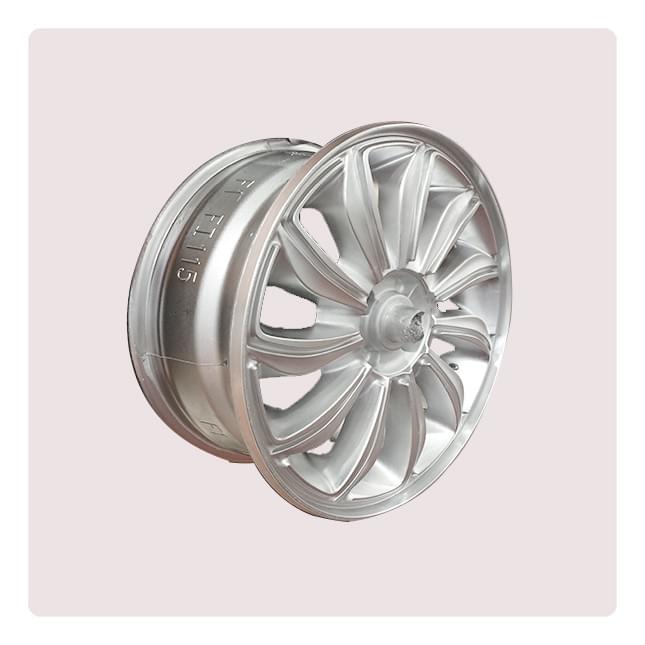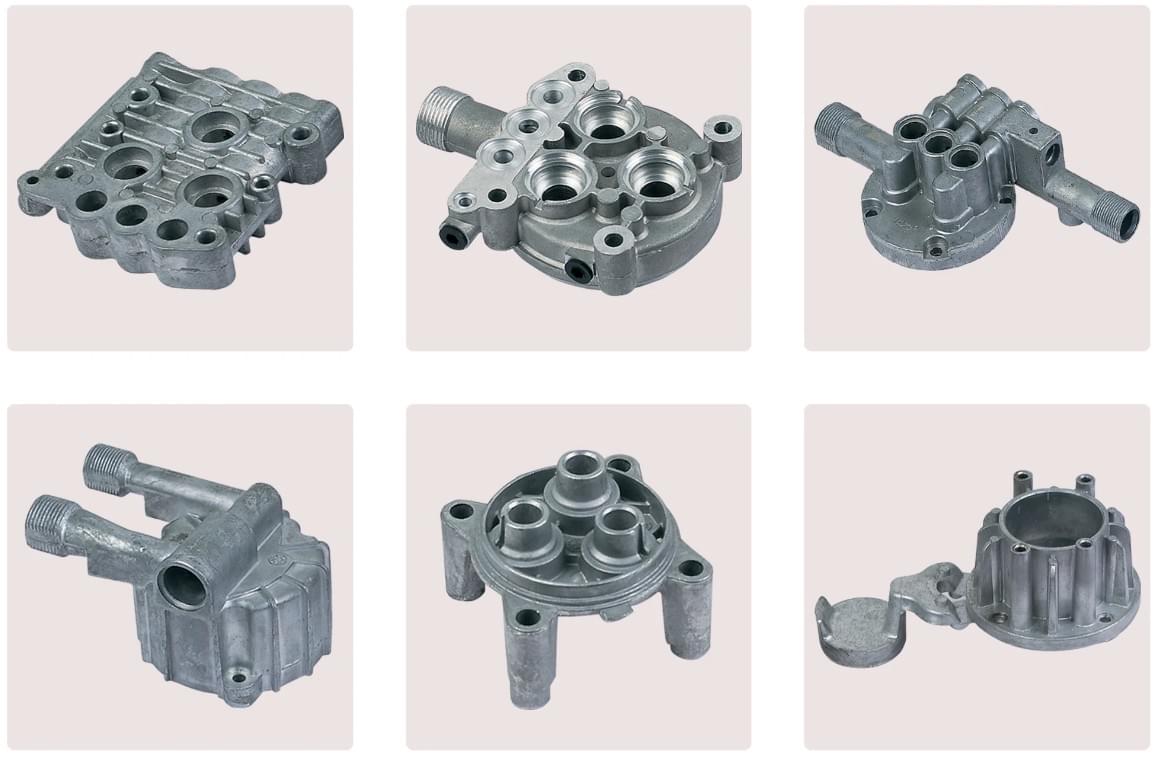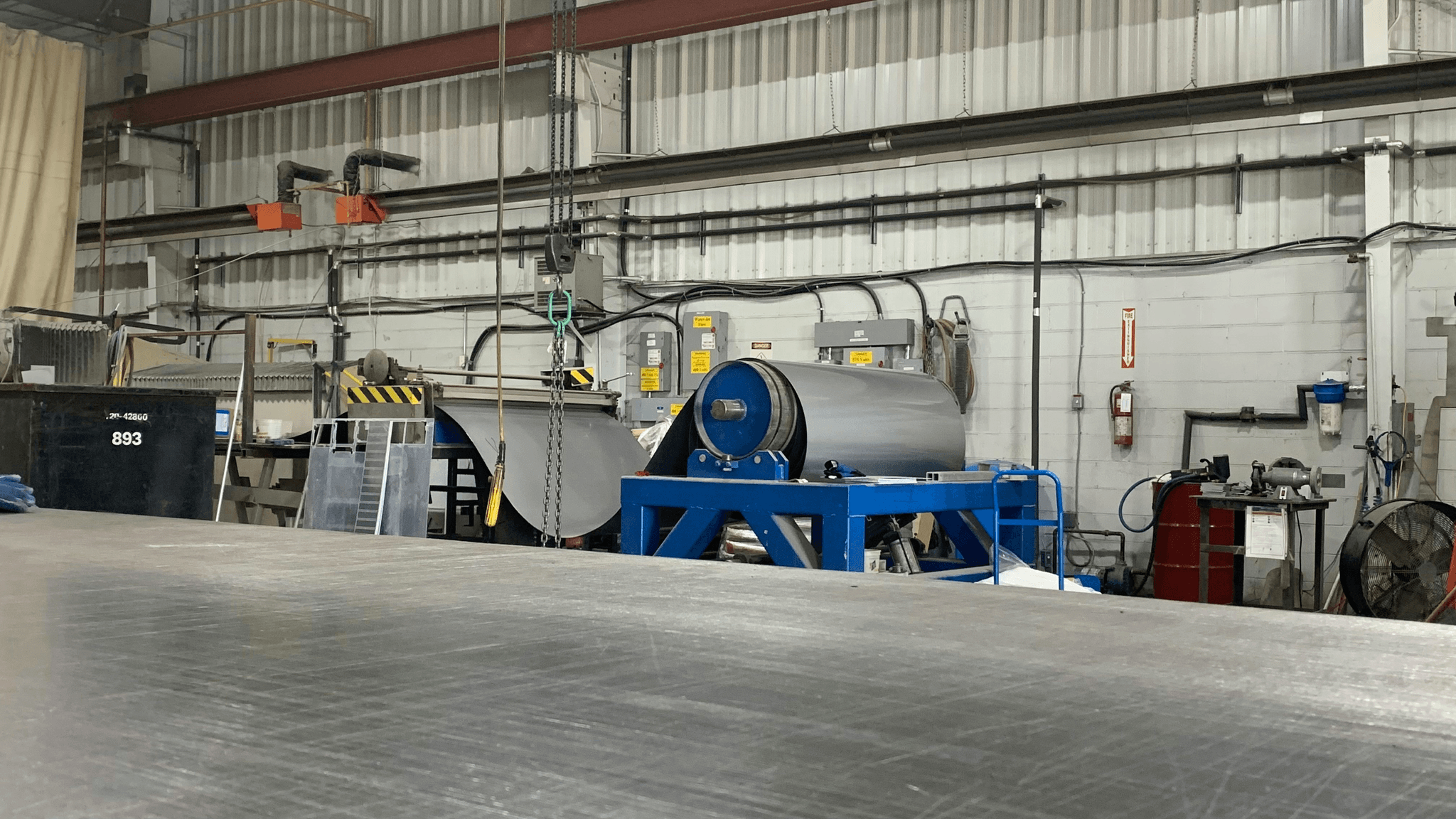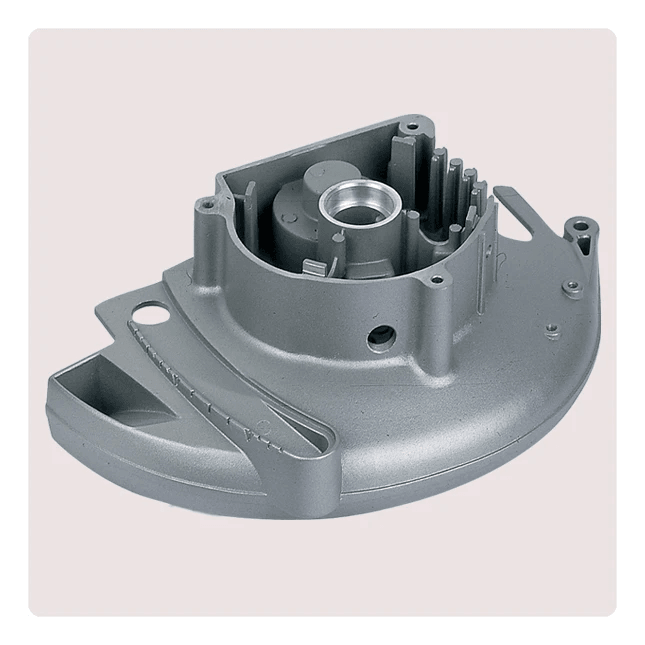Introduction

When it comes to metal casting, understanding porosity in casting is crucial for achieving high-quality results. Porosity refers to the presence of voids or holes within a casting, which can compromise its structural integrity and functionality. As a result, preventing porosity is of utmost importance in the die casting process. This is where Buttler’s expertise in die casting comes into play, offering innovative solutions and cutting-edge technologies to address this issue.
Understanding Porosity in Casting
Porosity in casting occurs when air or gas becomes trapped within the molten metal during the solidification process. This can lead to defects such as air pockets or shrinkage voids within the final cast part, affecting its mechanical properties and overall quality.
Importance of Preventing Porosity
Preventing porosity is essential for ensuring the reliability and performance of cast parts. By minimizing or eliminating porosity, manufacturers can produce components that meet stringent industry standards and customer requirements for strength, durability, and dimensional accuracy.
Buttler’s Expertise in Die Casting
Ningbo Buttler Precision Machinery Co., Ltd. specializes in die-casting molds, aluminum and zinc castings, processing, surface treatment, assembly, and packaging. With a focus on innovative tooling designs engineered for cost-effective manufacturing, Buttler maximizes performance and casting quality while minimizing the need for secondary operations.
Causes of Porosity in Casting

Porosity in casting can be caused by various factors, including gas entrapment, shrinkage porosity, and low pouring temperature. Gas entrapment occurs when air or other gases become trapped within the molten metal during the casting process, leading to voids and defects in the final product. Shrinkage porosity occurs due to inadequate feeding of the molten metal into the solidifying casting, resulting in voids and porous areas. Low pouring temperature can also contribute to porosity by causing insufficient flow of metal into the mold, leading to incomplete castings.
Gas Entrapment
Gas entrapment is a common cause of porosity in metal casting, as it can result from inadequate degassing of the molten metal or improper venting of the mold cavity. When air or gas is trapped within the molten metal during solidification, it forms pockets and voids that weaken the integrity of the casting. Proper degassing and venting techniques are essential for minimizing gas entrapment and ensuring high-quality castings.
Gas entrapment is a common cause of porosity in metal casting, as it can result from inadequate degassing of the molten metal or improper venting of the mold cavity. When air or gas is trapped within the molten metal during solidification, it forms pockets and voids that weaken the integrity of the casting. Proper degassing and venting techniques are essential for minimizing gas entrapment and ensuring high-quality castings.
Shrinkage Porosity
Shrinkage porosity occurs when there is insufficient feeding of molten metal to compensate for shrinkage as the casting solidifies. This can lead to localized voids and porous areas within the casting, compromising its structural integrity. Effective gating and risering systems are crucial for providing adequate feeding of molten metal throughout the solidification process, minimizing shrinkage porosity in die castings.
Shrinkage porosity can also be exacerbated by the use of low pouring temperatures during the casting process. When the metal is poured at a lower temperature, it solidifies more quickly, increasing the likelihood of shrinkage porosity. To mitigate this issue, it is important to carefully monitor and control the pouring temperature to ensure that the molten metal can adequately fill the mold cavity and compensate for shrinkage as it solidifies. By maintaining an optimal pouring temperature, manufacturers can minimize the risk of shrinkage porosity and produce high-quality die castings.
Low Pouring Temperature
Low pouring temperature can result in inadequate flow of molten metal into the mold cavity, leading to incomplete fillings and porous areas within the casting. Maintaining an optimal pouring temperature is essential for ensuring proper flow and distribution of molten metal throughout the mold cavity during die casting processes.
Low pouring temperature can also lead to premature solidification of the molten metal, resulting in cold shuts and other defects in the casting. This can compromise the structural integrity and overall quality of the final product. Additionally, inadequate flow and distribution of molten metal can cause variations in wall thickness and dimensional inaccuracies, leading to inconsistencies in the finished casting. Therefore, maintaining an optimal pouring temperature is crucial for achieving high-quality, defect-free castings.
Preventive Measures

When it comes to preventing porosity in casting, proper mold design is crucial. Buttler's expertise in die casting ensures that the molds are designed with precision and attention to detail, minimizing the risk of porosity. By using advanced technology and smart part engineering, they provide innovative tooling designs that are engineered for cost-effective manufacturing and optimized for maximum performance.
Proper Mold Design
Buttler Precision Machinery Co., Ltd. understands the significance of proper mold design in preventing porosity in metal casting. Their team of experts meticulously designs die casting dies to minimize defects such as shrinkage porosity and gas entrapment. By utilizing their Engineering Design Review Process, they optimize new and existing parts at no cost to the client, ensuring that the mold design is tailored to achieve high-quality castings with minimal porosity.
Furthermore, Buttler Precision Machinery Co., Ltd. employs state-of-the-art technology to optimize the pouring and cooling processes in metal casting. By carefully controlling the temperature and flow of the molten metal, they ensure that it fills the mold cavity completely and evenly, reducing the risk of porosity. Additionally, their advanced cooling techniques help to solidify the metal at a controlled rate, minimizing the formation of internal voids and defects.
Optimized Pouring and Cooling
In addition to mold design, optimized pouring and cooling play a crucial role in preventing porosity in die casting. Buttler's approach focuses on maximizing performance while minimizing the need for secondary operations through efficient pouring and cooling processes. This ensures that the molten metal fills the mold cavity uniformly, reducing the risk of shrinkage porosity and other defects associated with improper pouring and cooling techniques.
Furthermore, optimized pouring and cooling processes can also contribute to the overall efficiency of die casting operations. By carefully controlling the temperature and flow of the molten metal, manufacturers can reduce cycle times and improve productivity. This not only leads to cost savings but also allows for a higher volume of production without sacrificing quality. Additionally, proper pouring and cooling techniques can result in a more consistent and precise final product, enhancing the overall reputation of the manufacturer.
Quality Control Processes
Quality control processes are essential in identifying and addressing potential issues related to porosity in aluminum metal casting. Buttler Precision Machinery Co., Ltd. implements rigorous quality control measures throughout the production process to ensure that castings meet stringent standards for porosity prevention. By conducting thorough inspections and testing, they guarantee that only high-quality castings with minimal porosity are delivered to their clients.
Buttler Precision Machinery Co., Ltd. also prioritizes the use of advanced technology and state-of-the-art equipment in their quality control processes. This includes the utilization of non-destructive testing methods such as X-ray and ultrasound to detect any potential porosity issues in aluminum castings. By investing in cutting-edge technology, Buttler ensures that their quality control measures are at the forefront of industry standards, providing clients with the highest level of assurance in the products they receive.
Buttler's Approach to Die Casting

Ningbo Buttler Precision Machinery Co., Ltd. is renowned for its innovative tooling designs that are tailored to minimize porosity in casting and maximize casting quality. By leveraging advanced technology and engineering expertise, Buttler ensures that the die casting dies are optimized for superior performance and longevity.
Innovative Tooling Designs
Buttler's die for casting is meticulously designed to eliminate potential porosity issues, resulting in high-quality aluminum metal castings. The company's cutting-edge approach to tooling design allows for precise control over the casting process, ensuring minimal defects and optimal part integrity.
Buttler's die for casting is meticulously designed to eliminate potential porosity issues, resulting in high-quality aluminum metal castings. The company's cutting-edge approach to tooling design allows for precise control over the casting process, ensuring minimal defects and optimal part integrity. This attention to detail not only improves the overall quality of the final product but also reduces the need for costly rework or repairs, ultimately saving time and money in the manufacturing process.
Cost-effective Manufacturing
With a focus on cost-effective manufacturing, Buttler utilizes efficient processes and materials to produce aluminum metal castings with minimal waste and maximum value. By streamlining production, the company delivers exceptional quality while keeping costs competitive for its clients.
By implementing advanced technology and automation, Buttler is able to reduce production time and increase efficiency, resulting in cost savings that are passed on to clients. This commitment to cost-effective manufacturing allows the company to offer competitive pricing without compromising on the quality of its aluminum metal castings. With a focus on maximizing value for its clients, Buttler continuously seeks innovative solutions to further optimize its manufacturing processes.
Minimizing Secondary Operations
By prioritizing precision in the initial die casting process, Buttler minimizes the need for extensive secondary operations, reducing both time and cost for clients. This approach not only enhances efficiency but also ensures that the final products meet stringent quality standards.
Types of Die Casting

When it comes to metal casting, die casting is a popular choice for its precision and efficiency. Aluminum die casting, in particular, is widely used in various industries due to its lightweight and durable properties. With Buttler's expertise in die casting, you can expect high-quality aluminum metal castings that are free from porosity issues.
Aluminum Die Casting
Aluminum die casting involves injecting molten aluminum into a steel mold at high pressure. This process allows for the production of complex shapes with tight tolerances, making it ideal for automotive and aerospace components. By partnering with Buttler, you can benefit from their innovative tooling designs that ensure the integrity of the aluminum castings, minimizing porosity and maximizing performance.
In addition to the high-pressure injection process, Buttler's expertise in aluminum die casting also includes advanced cooling techniques that result in superior mechanical properties and surface finish. This means that the components produced are not only structurally sound but also aesthetically pleasing, meeting the highest industry standards. With our commitment to continuous improvement, we are constantly refining our processes to deliver the best possible results for our clients.
Zinc Die Casting
Zinc die casting is another specialty of Buttler Precision Machinery Co., Ltd. This process offers excellent dimensional accuracy and thin-walled capabilities, making it suitable for electronic and consumer goods applications. With Buttler's expertise in zinc die casting dies, you can achieve high-quality zinc castings without worrying about porosity issues affecting the final product. Additionally, zinc die casting provides a smooth surface finish, reducing the need for secondary machining processes and saving time and costs in production. This makes it an efficient and cost-effective solution for manufacturing intricate parts with complex geometries.
Mold Casting
In addition to die casting, mold casting is also a viable option for producing metal components with intricate details. Buttler's proficiency in mold casting allows them to deliver cost-effective solutions for various industries while ensuring that porosity in casting is minimized through their advanced manufacturing processes.
Importance of Surface Treatment

Metal casting processes, such as die casting and mold casting, are susceptible to porosity in casting, which can compromise the quality and longevity of the castings. Surface treatment plays a crucial role in enhancing the overall casting quality and ensuring the longevity of the castings.
Enhancing Casting Quality
Surface treatment processes like shot blasting and chemical treatments not only improve the visual appeal of aluminum metal castings but also contribute to their longevity. By removing impurities and imperfections, these treatments create a more durable surface that is better able to withstand wear and tear over time. This ensures that the castings will maintain their quality and functionality for an extended period, providing long-term value for their intended applications.
Ensuring Longevity of Castings
Proper surface treatment not only improves the appearance of die-cast or mold-cast parts but also provides a protective layer that enhances their durability and resistance to corrosion. This extends the lifespan of the castings, ensuring that they continue to perform effectively over an extended period.
Proper surface treatment also plays a crucial role in improving the overall performance of castings by reducing friction and wear. This helps to minimize the need for frequent maintenance and repairs, saving time and costs for businesses in the long run. By investing in high-quality surface treatment, companies can ensure that their castings remain in top condition, delivering reliable performance over an extended period of time.
Buttler's Expertise in Surface Treatment
Ningbo Buttler Precision Machinery Co., Ltd. specializes in providing comprehensive surface treatment solutions for aluminum and zinc castings, ensuring that each component meets high-quality standards for both appearance and performance.
Ningbo Buttler Precision Machinery Co., Ltd. prides itself on its state-of-the-art surface treatment technology, which includes anodizing, powder coating, and polishing. By utilizing these advanced techniques, Buttler is able to enhance the appearance of aluminum and zinc castings while also improving their durability and corrosion resistance. This attention to detail ensures that every component not only looks great but also performs at the highest level.
Conclusion

Porosity in casting can significantly impact the quality and longevity of metal castings. It is crucial to address this issue by choosing the right die casting partner who understands the importance of preventing porosity and has expertise in innovative tooling designs for cost-effective manufacturing.
Achieving High-Quality Castings
Preventing porosity in metal casting is essential for achieving high-quality castings that meet industry standards and customer expectations. By working with a die casting partner like Buttler, who specializes in die-casting molds and aluminum metal casting, you can ensure that your castings are free from porosity defects.
Role of Innovative Tooling Designs
Innovative tooling designs play a critical role in preventing porosity in die casting. Buttler's expertise lies in providing smart part engineering solutions that optimize part designs for better performance and quality while minimizing the need for secondary operations, ultimately reducing the risk of porosity defects.
Choosing the Right Die Casting Partner
When it comes to addressing porosity in casting, choosing the right die casting partner is paramount. Buttler Precision Machinery Co., Ltd. offers a comprehensive range of services, including processing, surface treatment, assembly, and packaging, making them an ideal choice for ensuring high-quality castings free from porosity defects.
With Buttler's expertise in preventing porosity through innovative tooling designs and cost-effective manufacturing processes, you can be confident in achieving high-quality castings that meet your specific requirements.

